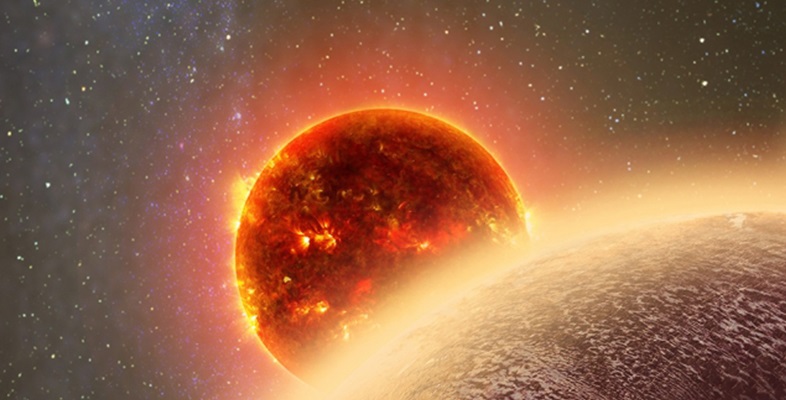4 Measuring the movement of stars
Stars that wobble, such as the Sun in the video in Section 3.3, are revealing that they have another mass in orbit with them. In some cases, the other mass in the orbit is a second star, in which case the light from two stars may be visible. If a star has a small wobble and there is no light from a second star, then there is an invisible planet in orbit with the star. Therefore, it is possible to discover a planet belonging to the star even if there is no light at all from the planet itself.
Unfortunately, it’s not as simple as watching stars to see if they move. The motion of the stars is so tiny that you generally can’t actually see any movement from them. So, you have a moving star that you can’t see moving, and a planet that you can’t see at all!
Fortunately, there are two facts that you can use to design a way of inferring that a star is wobbling. The first is a fact about light, and the second is a fact about stars. You will look at what those are in a minute, but first you need to understand what velocity means.
